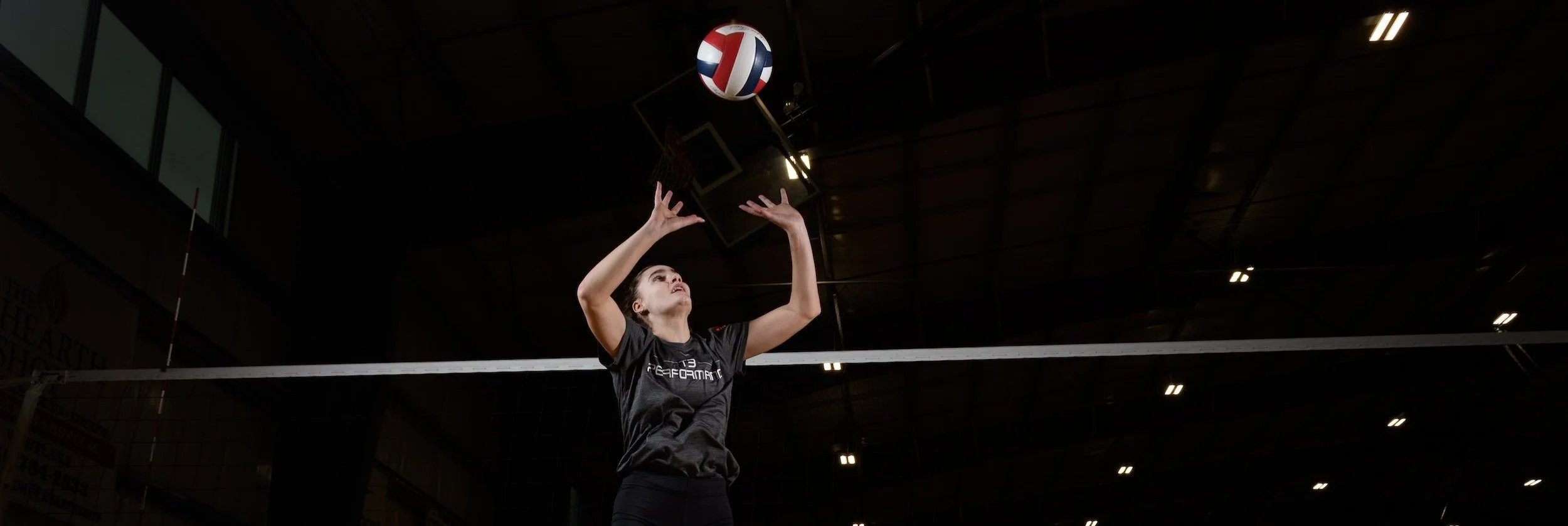Run Faster with a better foot strike
When you are running, where do you strike the ground? And what part of the foot are you using?
In a previous post, we discussed how important dorsiflexion is to help an athlete get an extra step in their competition. Increasing our ankle's ability to manage ground collision can even be maximized with the proper part of the foot hitting the ground. It is important to remember that the laws of physics are in play when our athletes are trying to accelerate. With every action, there is going to be an equal and opposite reaction, so if I drive back to go forward, the athlete who drives down will go up!
This is most evident when we see athletes try and change directions or come out of an acceleration or drive phase by standing completely up! We sometimes use the coaching cue “say squatty” when working on acceleration.
We need to train our athletes to “hit and go” vs pound the ground. More specifically, hit the ground with a quick jab in the opposite direction they are trying to go. Make sure we strike keeping our heel off the ground.
The part of the foot that strikes the ground in acceleration can be called the “toe pad” or “ball of the foot” or more technically “the transverse arch of the foot.” This turns the foot into a lever system that helps continue an athlete’s acceleration, as opposed to a full foot strike, which can act as a breaking mechanism and slow an athlete down. An athlete trying to run fast but striking the ground with their heel first is like a car trying to accelerate with one foot on the gas pedal and the other foot on the break at the same time.
Here are three drills than can help an athlete strike the ground in the right direction and at the right angle.
1. Barefoot Sprinting. (20-60 yards)
a. This provides the athlete with automatic feedback on what part of their foot is hitting the ground.
2. Forward pogo jumps. (10 yards)
a. Coaching athletes to never let their heels touch during their reps
3. Bounding (10-30 yards)
a. Bounding helps develop proprioception at ground contact and increases the ankles ability to absorb and redirect forces similar to sprinting.
New to T3? What to learn more about speed? Email Info@t3athlete.com to set up a free athlete orientation session with one of our performance coaches.



